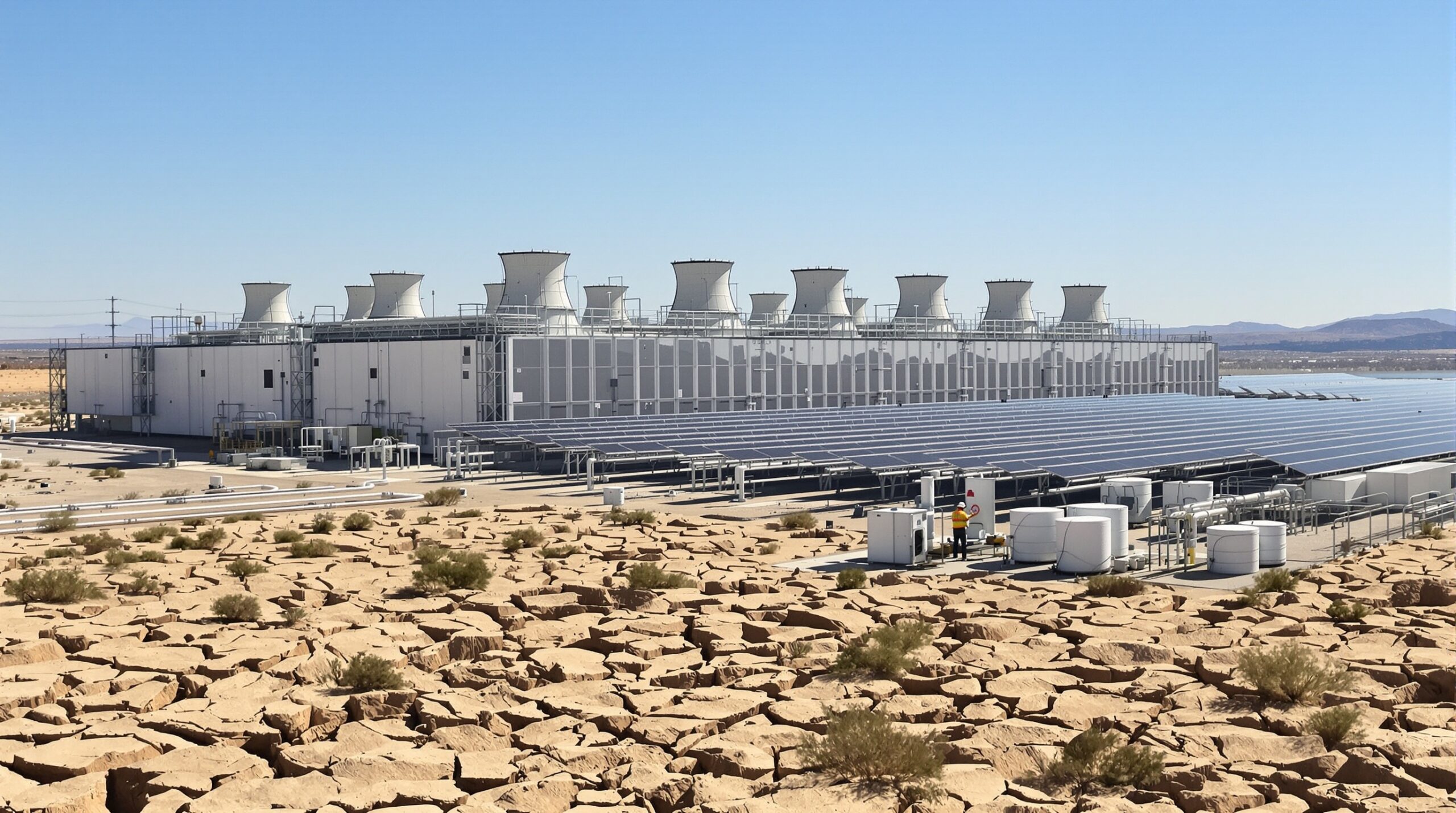The expansion of artificial intelligence has unleashed a race among tech giants to build massive data centers around the globe. These facilities serve as the backbone for advanced AI models that power applications from chatbots to medical diagnostics. However, the rapid proliferation of these centers is driving an overlooked environmental cost: significant water consumption, especially in drought-prone regions.
The Surge in AI Data Center Construction
Demand for processing power has never been greater. Companies like Google, Microsoft, and Amazon are pouring billions into new data centers. Construction is especially robust in North America, Europe, and Asia, where companies hope to best rivals by offering faster, smarter AI services. Modern AI models, particularly large language models, require immense computational resources to train and operate, escalating the need for more data center capacity.
To keep up with this explosive growth, tech firms are constantly scouting for new sites to host their operations. Criteria include access to reliable energy, land, and high-speed internet connections. Increasingly, these criteria overlook the strain on local water resources, a concern drawing attention from community leaders and environmental groups. With every new center built, the burden on water supplies intensifies, highlighting the pressing need for sustainable solutions.
Understanding Data Center Water Use
Data centers contain tens of thousands of servers running around the clock. These powerful machines generate enormous amounts of heat. Most data centers rely on water-based cooling to maintain optimal temperatures, preventing costly outages and hardware damage. This cooling process siphons municipal water either directly or indirectly through evaporation systems, resulting in significant usage levels.
A single large data center can consume millions of gallons each year. Water is often drawn from aquifers, rivers, and municipal supplies that also serve local communities and agriculture. While many centers use advanced recycling techniques, evaporation and system inefficiency still result in net water losses. It is a hidden but impactful aspect of AI infrastructure that affects the wider ecosystem beyond tech campuses.
The Escalating Stakes in Drought-Prone Regions
Many data centers are concentrated in regions struggling with water scarcity, such as the American Southwest, parts of Spain, and India. These areas offer favorable business environments, including cheap land and renewable energy sources. However, their arid climates heighten the risks of overexploiting local water supplies. As centers proliferate, the sustainability of these regions grows even more uncertain.
In states like Arizona and Nevada, local governments are facing tough decisions. They must balance economic gain from tech investment with the vital need to preserve water for residents, farmers, and wildlife. Community groups are voicing concern as water tables drop and droughts become more intense due to climate change. Prioritizing industrial water use over critical household and agricultural needs poses ethical and practical dilemmas.
Tech Giants’ Responses to Water Concerns
Tech companies recognize growing scrutiny about water use. Google has committed to replenishing 120% of its water consumption by 2030. Microsoft is investing in water-saving technologies and restoration projects, aiming for water-positive operations within the decade. Amazon Web Services (AWS) has outlined similar sustainability goals and is increasing transparency around water usage.
These commitments mark a significant shift in industry attitudes, but questions remain about their implementation. Critics point to a lack of standardized public reporting and accountability. Many water restoration projects occur outside the communities most impacted by heavy data center use. True sustainability demands localized solutions that directly benefit the areas under the greatest water stress. Building trust with transparency helps reassure concerned citizens and local governments.
Emerging Cooling Technologies and Alternatives
With water scarcity concerns growing, the push for innovative cooling alternatives is accelerating. Some companies are piloting direct-to-chip liquid cooling, which allows targeted temperature control with less water waste. Air-based cooling, though less energy efficient in some climates, reduces direct water use altogether. Locations with cooler climates or ready access to seawater are being reconsidered as sites for future investment.
Switching coolant fluids or implementing closed-loop systems reduces evaporation and overall water loss. Some centers are integrating recycled wastewater for cooling, decreasing their reliance on potable municipal supplies. Industry experts believe combining water-efficient technologies and sustainable siting can help reduce stress on sensitive environments. Bold experimentation will be key to balancing technological growth with the realities of a changing climate.
Regulatory Pressures and the Need for Policy Innovation
Governments are starting to address the mounting tension between economic development and environmental protection. Several jurisdictions now require detailed environmental impact assessments before issuing permits for new data centers. Water reporting requirements and usage limits are being introduced to hold companies accountable and foster responsible management.
At the same time, regulators are weighing how to encourage innovation rather than hinder the benefits of digital modernization. Dialogue between tech firms, policymakers, and communities is critical. Solving water challenges demands a coordinated, collaborative approach. By investing in local water infrastructure, supporting research, and incentivizing efficiency, governments hope to assure both prosperity and environmental resilience.
The Road Ahead: Balancing AI Progress and Environmental Responsibility
Artificial intelligence promises transformative benefits for society. Sectors like health care, education, and energy stand to gain from smarter, more accessible technology. Meeting the demand for AI services, however, must not come at the expense of local communities or ecological stability. Each new data center represents a crossroads—between ambition and stewardship, growth and conservation.
Continued dialogue, transparency, and technological advancement are essential. The race among tech giants is a test case for how high-tech innovation can co-exist with environmental realities. Solving the water problem will require ongoing commitment, creativity, and partnership at every level. As AI data centers continue to expand, stakeholders must keep both progress and planet in mind to achieve a lasting and equitable digital future.

